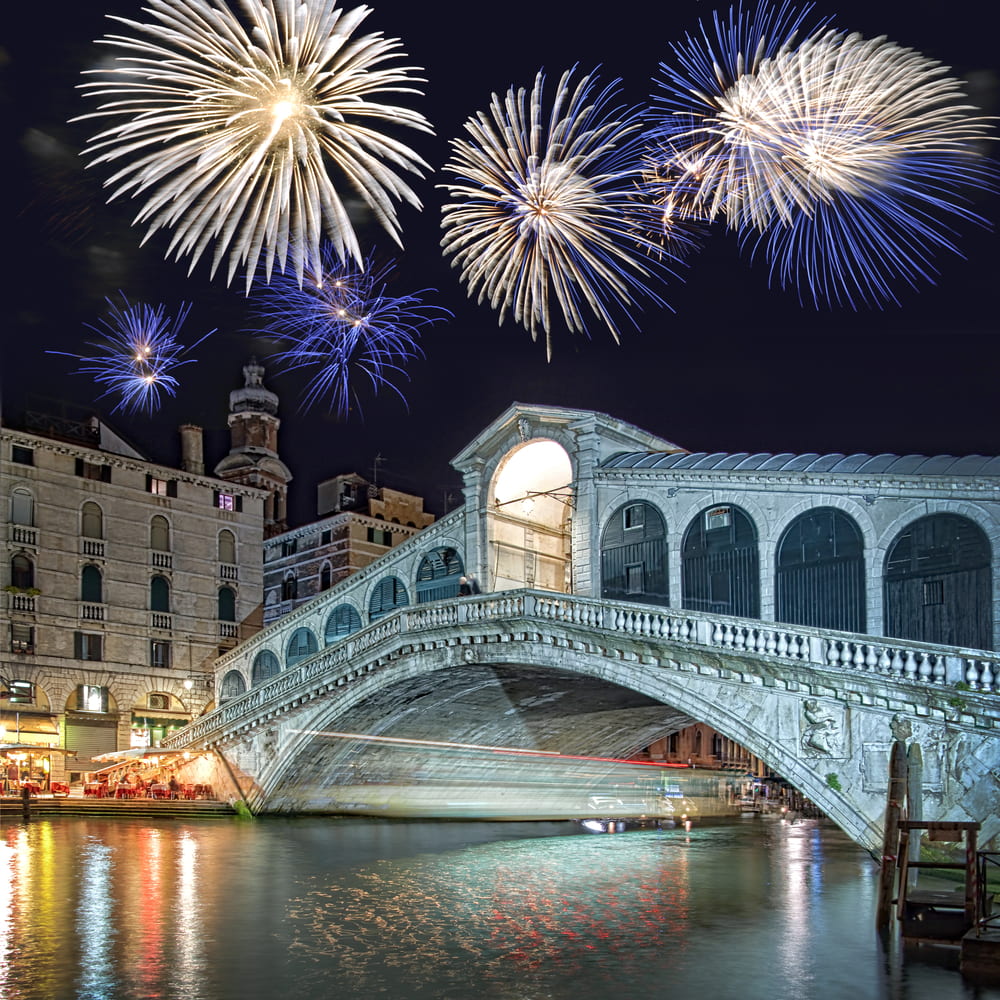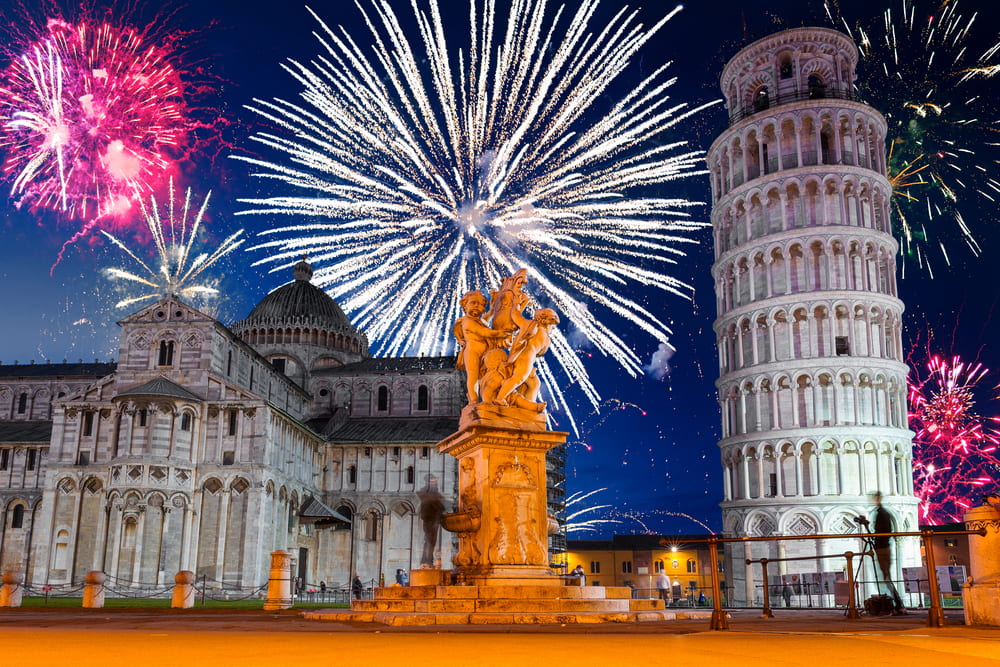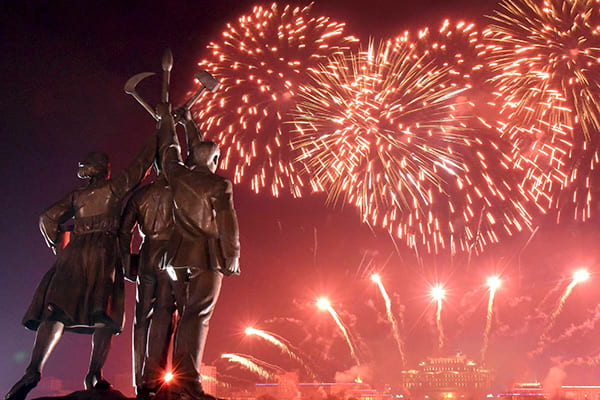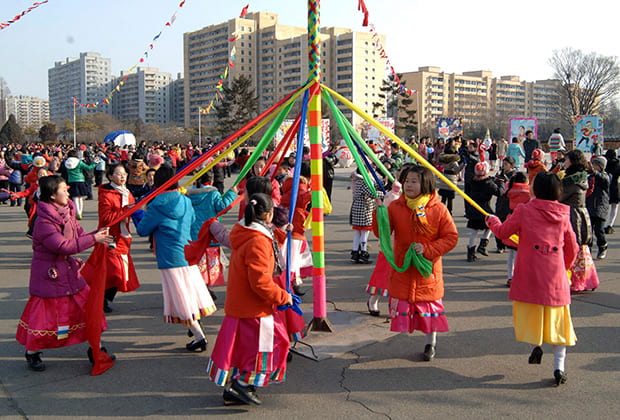Hovhannes Tumanyan |: Brave Nazar
source of material: link
1
Sometimes there is a poor man, his name is Nazar. Es Nazar is a clumsy and whiny person. so cowardly, so cowardly that he wouldn’t put a single foot in front of a sheep, even if you killed him. He would go out with her every day until evening, and when he came home, he would come home. That is why they call him Fearless Nazar.
This cowardly Nazar will leave the threshold one night. The one who will come out of the threshold sees the moonlit night as bright as the moon, he says:
«O woman, what a night to cut the stone!» My heart says: get up, go and cut off the Shah’s caravan coming from India, bring it to the house…
The woman or
«Let me cut you, sit down, pay attention to the stone cutter…»
Nazar or
- Insensitive woman, why don’t you let me go and cut the stone, bring it and fill the house? What kind of man am I, and why do I cover a bed that you dare to speak in front of me?
Because he fights a lot, the maid enters the house and closes the door. - Leave your cowardly head, go cut the stone now. Es Nazars stays at the door. There is bile from fear. No matter how much he begs and begs for the seal to open the door, it doesn’t happen, he doesn’t open it. Having cut off the candle, he goes to huddle under a wall, shivering and spends the night until the light comes out. Nazar is worried, sunning himself under the wall, waiting for the seal to come and take him home, and thinks. On a hot summer day, gassy flies, which are so noisy that it irritates the saint’s nose — the flies come to his nose and the nose rises and fills him. That they make it difficult, take it by the hand, hit it in the face. When he hits his face, the flies are broken, and he throws them up first.
«Wow, what was that…» he remains surprised.
He wants to know how many he killed with one blow, but he can’t. He thinks that there will be no less than a thousand.
«Wow,» he says, «I’ve become a man like this and I didn’t know it until today!» I, who can kill a thousand souls with one blow, why did I fall next to this bastard…?
From here, he gets up and goes straight to the terras of his village. - Lord, blessed be my Lord.
«God bless you, my son.»
- Sir, why don’t you say something like that? He narrates his bravery and also informs that he should be lost from his side, he only asks to write down what he did so that it does not remain unknown, that they all read and know. Terter, for a joke, writes on a piece of palas:
Invincible hero Kajn Nazar,
That if I strike, I will break a thousand.
And he gives it to himself.
An old man fastens the piece of Nazar es palas, ties a piece of rusty sword on his back, sits on his neighbor’s horse and leaves the village.
2
He leaves his village, goes on a journey and goes. He doesn’t even know where that road leads.
He goes, goes, looks back and sees that he has left the village. Here the heart sinks. To cheer himself up, he starts muttering under his breath, singing, talking to himself, getting angry at things. The more he leaves, the more his fear grows, the more his fear grows, the more he raises his voice, starts shouting, kicking, and then the donkey on the other side starts bucking… From this noise and screams, birds fly from nearby trees, rabbits run away from bushes, frogs pour water from greens…
Nazar throws his head even more. and who enters the forest, it seems that from under every tree, from every bush, from behind every stone, wherever a beast or a robber is going to attack, he begins to shout in terror, what a shout, your ears will not hear.
Don’t tell me, just at this time, a peasant comes naively in the forest pulling a horse. Does this hideous noise fall on your ears or stop?
«Wow,» he says, «as if mine had crossed here too! Yes, no, these are robbers…»
He leaves the horse, falls into the forest under the road and had two legs, takes both and runs away.
I wish you luck, Kaj Nazar. shouting, he sees a dead horse standing in the middle of the road, waiting for him. Ishits gets up, gets on the saddled horse and continues on his way.
3
He goes a lot, he goes a little, he knows a lot and a little, he goes to a village, he is a stranger to the village, the village is to him. Where will he go, where will he not go? A loud voice is heard from a house. the horse rides on this snow, it goes to a wedding house.- Good day to you.»Oh, God, you are good.» You came with a thousand blessings.Come on, come on, come on. Well, it’s the aotsun. to this they take the old man with his banner on top of the soup. Let your eyes see the good things that are being poured in front of you, both food and drink.The wedding guests are interested to know who this strange stranger is. One of the old people inside pokes the one sitting next to him and asks, this one pokes the one sitting next to him, thus, by turning each other and asking, the matter remains with the old man sitting above. Terter reads in a way on the banner of Gonakh:Invincible hero Kajn Nazar,That if I strike, I will break a thousand.He reads and tells the person sitting next to him in horror, this to the person sitting next to him, this to the third, the third to the fourth. In this way, he reaches under the door, and the whole wedding hall is shouting, «Why don’t you tell me, he is the new bridegroom?»Invincible hero Kajn Nazar,That if I strike, I will break a thousand»It’s Kaj Nazar, huh…» exclaims the boaster, «how much he has changed, I didn’t recognize him well at once…»And there are people who tell about the brave deeds he did, the old acquaintance and the days spent together.»Then how is it that such a man doesn’t have any servants?» the strangers ask with surprise.- Such is its habit, it does not like to haggle with servants. Once I asked, he said: what am I doing as a servant, the whole world is my servant and my servant. «Then how is it that he doesn’t have a sword, he has this piece of rusty iron strapped to his back?»- The grace is in that, you can hit me with this piece of rusty iron, break a thousand, otherwise, what good is a good sword, even ordinary brave people break.And the astonished people stand and drink the toast of Kaj Nazar. The clever one among them will come out and give a speech in front of Nazar. He says: we heard your great fame a long time ago, we longed to see your face, and today we are lucky to see you among us. Nazar sighs and waves his hand. The people are winking at each other, they understand how much that sighing and hand waving would mean…Ashugh, who was there, composes and sings a song by hand.Welcome, a thousand greetings,Mighty eagle of our mountains,Crown and pride of our world,Invincible hero Brave Nazar,If you hit me, you will break a thousand.Poor tkari you rely onYou will free all pain,You will save us unjustly,Invincible hero Kajed Nazar,If you hit me, you will break a thousand.We worship your warriorThe blade on your back, the rashi under you,His leg, his tail, his head,Invincible hero Kajed Nazar,If you hit me, you will break a thousand.And scattering, the drunken wedding guests spread the word everywhereInvincible hero Kajn Nazar,That if I strike, I will break a thousand.They tell about his amazing feats, describe his formidable figure. And everywhere they name their newborn children Kaj Nazar.
4
Nazar leaves the wedding hall and continues on his way. He reaches a green field. In this inviting field, the horse stops what it is doing, plants the flag, and lies down to sleep under the flag.
Don’t say that there are giant brothers, Okht is a bandit leader, these places are theirs, and their castle is on top of a nearby mountain. These giants take a look from above that a person has come to join them. They wonder what kind of heart this person must have, how many heads he has, who came to them without hesitation and calmly got up and let the horse go. Each min had a basket of forty ldrs. They take these forty-ldra bags. They come, what do they see? A monster is grazing a horse, a man is sleeping next to him, a banner is planted above his head, on the banner is written:
Invincible hero Kajn Nazar,
That if I strike, I will break a thousand.
Wow, it’s Kaj Nazar! Fingers are bitten by the giants and the places remain frozen. Don’t tell the news spread by drunken wedding guests, it happens to them too. Thus, the saliva dries up and waits until Nazar falls asleep and wakes up. who wakes up, opens his eyes and sees enormous giants standing on his head with forty-pound sacks on his shoulders, and he has no heart left to dig. He goes behind his banner and begins to tremble, as the leaf of the lotus will tremble. When these giants saw that he turned pale and began to tremble, they said that he was angry, and that he would kill Ohti with one blow, they spread themselves on the ground and begged.
— Invincible hero Kajed Nazar,
If you hit me, you will break a thousand,
We heard your terrible name, we longed for your theory. now we are lucky that you came to our land with your feet. We, your humble servants, are brothers and sisters, here is our castle at the top of that mountain, with our beautiful sister in it. We beg you to do us a favor, come and cut our bread…
Here, Nazar’s breath comes to the right place, he sits on his horse, and they, taking the flag, fall first and solemnly lead to their fortress. They take him, keep him in the castle, honor him with the honor befitting a king and talk so much about his brave deeds, praise him so much that their beautiful sister falls in love with him. No matter what I want to say, respect and honor also increases.
5
At this time, a tiger appears in this country and terrorizes the people. Who will kill the tiger, who will not? Of course, Kaj Nazar will kill. Who else would dare to go against the tiger? They all look at Nazar’s face, above — a god, below — a Brave Nazar.As soon as he heard the tiger’s name, Nazar ran out of fear, he wanted to run away, go back to their house, but the bystanders thought that he was running to kill the tiger. The betrothed catches him, stops him and asks, «Where are you running like that without a weapon, with a weapon behind you, go like that?» He brings weapons and gives him to go and add some courage to his glory. Nazar takes the weapon and goes out. He goes, climbs a tree in the forest, climbs on it, so that neither the tiger will happen to him, nor the tiger to him. He will gather on the tree and who will give Nazar — the soul has turned into a piece of cork. On the contrary, the tiger without owner also comes and lies down under this tree. Nazar doesn’t see the tiger, his bile cuts water, his eyes turn black, his arm and leg get weak and, thump, he falls from the tree onto the beast. Terrified, the tiger jumps up, and Nazar clings to its back out of fear. With Nazar clinging to his back, this frightened tiger runs away, how does he run away, he doesn’t ask about mountains and valleys, rocks and stones.People see me too, wow, Kaj Nazar is riding a tiger.- Come on, come on, come on! Kaj Nazar built a horse for the tiger, rode it… give it, give it…They get angry, they all attack from one side with shouts and roars, killing them with swords, spears, stones, and feathers.When Nazar comes to his senses, his tongue opens. «It’s a pity,» he says, «what did you kill? I forced a horse to build and sit on it… I had to drive so much!The news goes, it reaches the castle. Man, woman, old, small, the people pour out to welcome Nazar. They tie a song on it and sing it.in this worldAmong the peopleWho will be equal to you?Oh Brave Nazar!As inLightning and thunderYou jumped from a high fortress,Oh Brave Nazar!The mighty tigermake your horseYou rode a horse,Oh Brave Nazar!:save usset freeGlory and praise to you forever,Oh Brave Nazar!And they crowned Kaj Nazar with the beautiful sister of the giants, had a wedding day and night, praised the king and queen with songs.- Lusynka climbed the new mountain,Who was she like?- Lusynka climbed the new mountain,It was Kaj Nazar.- Sun, new chatter,Who was she like?- Sun, new chatter,It was his naz-yar.Our king was redThe sun itself was redThe crown was red, oh red!Cape red, oh red!The belt is red, oh red!Soler red, oh red!The queen is red, oh red!Hail to the Red Queen,Sun to the red king.Congratulations, congratulationsCongratulations to Kaj Nazar,Congratulations to his naz-yar,Congratulations to the whole world.
6
Do not tell this girl that the king of the neighboring country wants it. When he finds out that they did not give him away, he was married to someone else, he joins an army, the promise of war comes to the akhpor.
On this day, the giants go to Kaj Nazar, report the news of the war, bow their heads, stand forward, and ask for orders.
Nazar is horrified when he hears the name of war. escapes to escape, to go back to their village. People think that he wanted to run out immediately and attack the enemy’s army. They fall forward, grab hold, ask, where are you going alone without weapons and armor, what are you doing, you took a hand from your head, what is it…
They bring them, they give them weapons and armor, and the woman asks the brothers not to let Nazar go alone to attack the enemy’s army, carried away by his bravery. And the news spreads among the army and the people, and through spies it reaches the enemy that Kaj Nazar was flying alone, without a weapon, to the battlefield, they were barely able to stop him and they brought him surrounded…
On the field of war, they bring a handsome horse and put Nazar on it. The excited army also gets up behind with a great noise. «Long live Kajn Nazar!» Death to the enemy!
The steed under Nazar, seeing what useless mine is sitting on it, growls, takes its head and flies forward, straight towards the enemy’s army. The troops think that Kaj Nazar has attacked, they call out and attack from behind with all their ferocity. When Nazar sees that he can’t hold his horse’s head, he almost falls down, he throws it in his hand, he wants to hug a tree, you don’t say that the tree is rotten, a huge branch comes off and stays in his hand. The enemy’s troops, who had heard the rumor before, and it was heartbreaking, they see this with their own eyes, and there is no heart left in their stomachs, they turn their backs — run away, run away, if you are a man, put your head away, Brave Nazar, uprooting the trees, comes… On that day, as much as the enemy is slaughtered, the remaining ones put their swords under the grass of Kaj Nazar, express their submission and obedience.
And from the terrible field of war, Kaj Nazar returns to the fortress of the giants. The people tie triumphal arches, with indescribable enthusiasm, cheers and cheers, songs and music, girls and flowers, deputations and speeches, they will come out first, such a glory and honor that Nazar was left stunned and dumbfounded.
In this way, they bring glory and honor, proclaim themselves kings and multiply them on the king’s throne. Brave Nazar becomes the king, he gives each of those giants a position. He also sees the world in his hand.
They say that Kaj Nazar still lives and reigns to this day. And when they talk about courage, intelligence, and genius, he laughs and says։
What courage, what intelligence, what genius! they are all empty things. The thing is the luck of the person. Are you lucky, have fun…
And they say that until today Kaj Nazar is having fun and laughing at the world.










